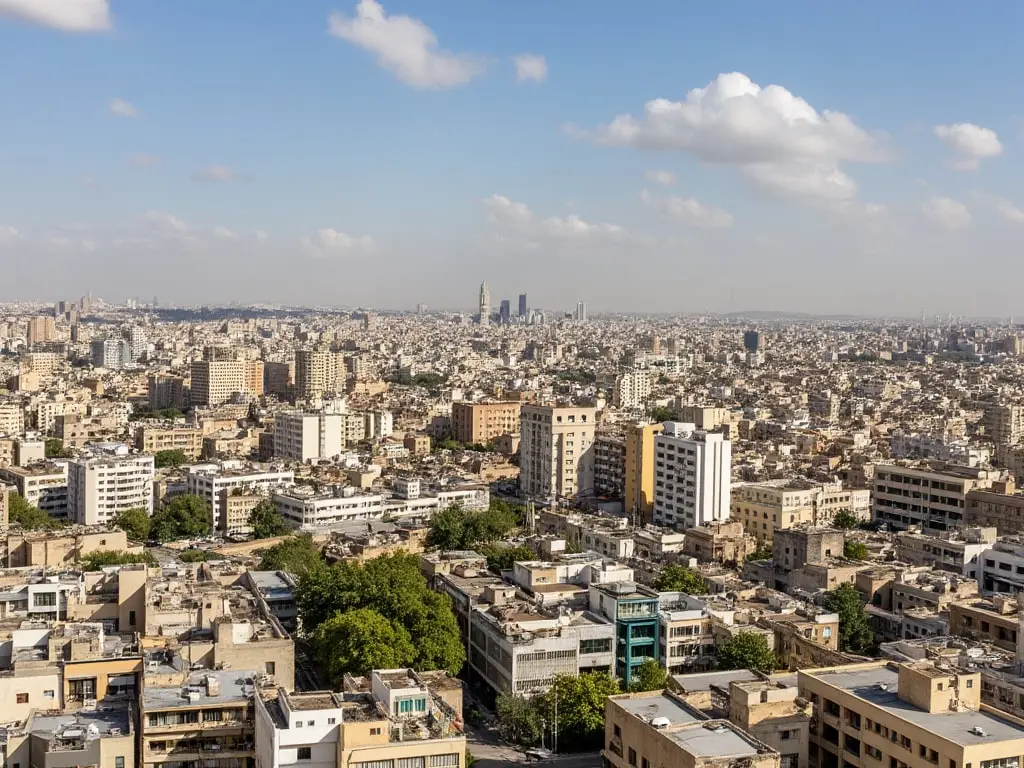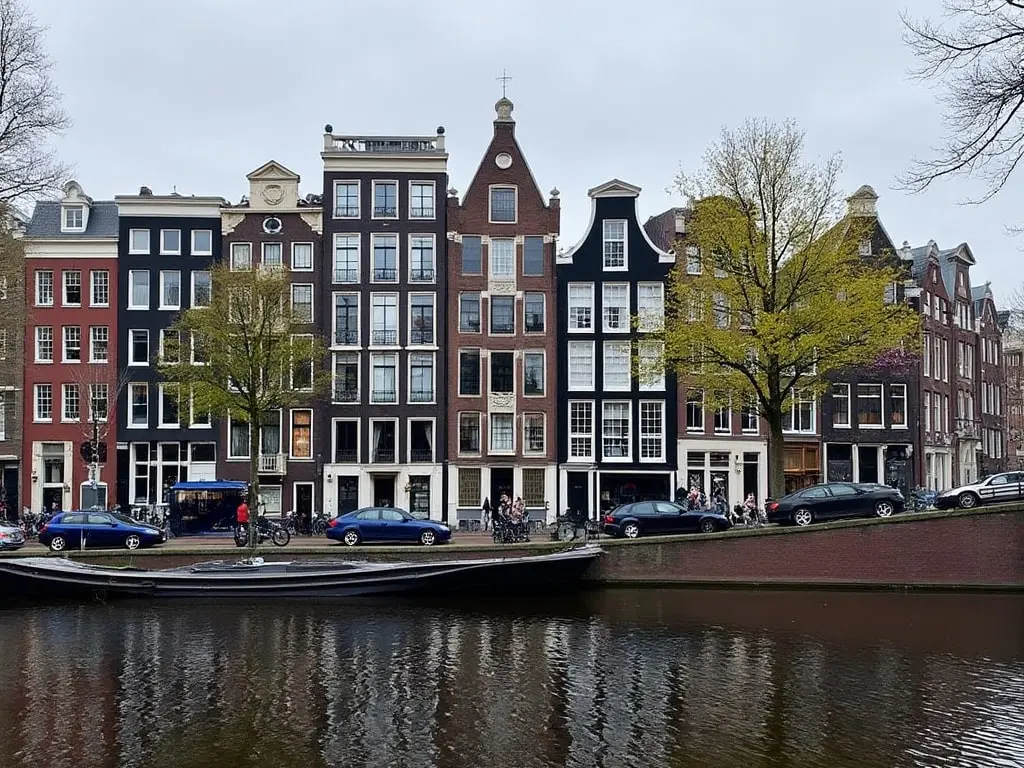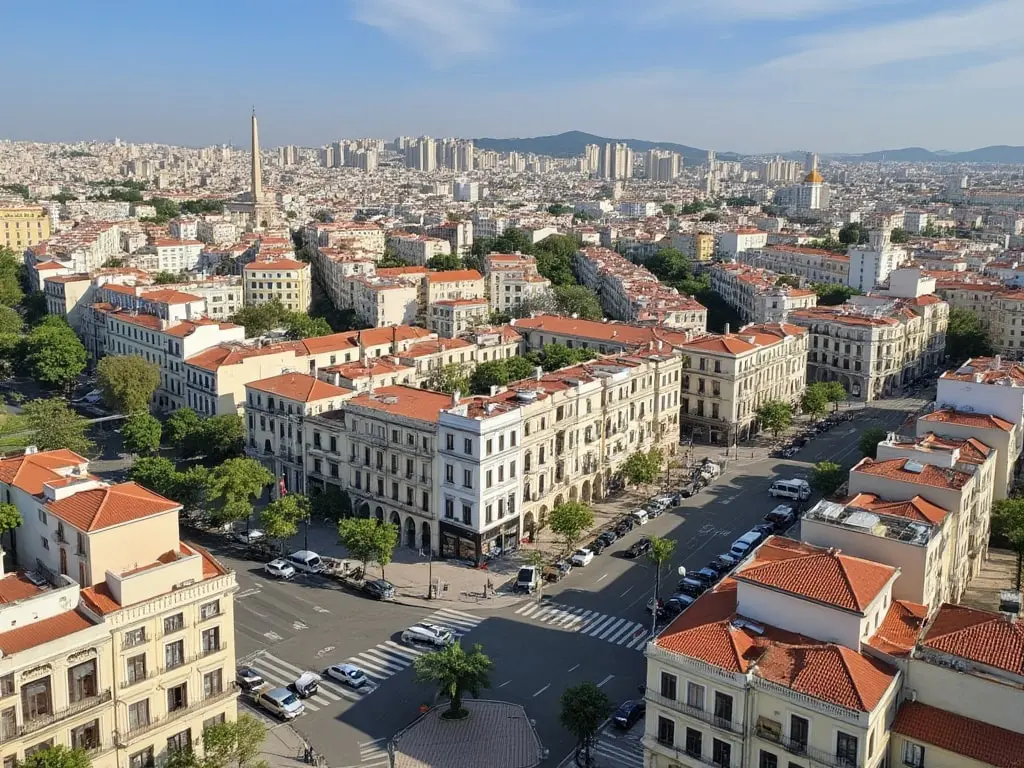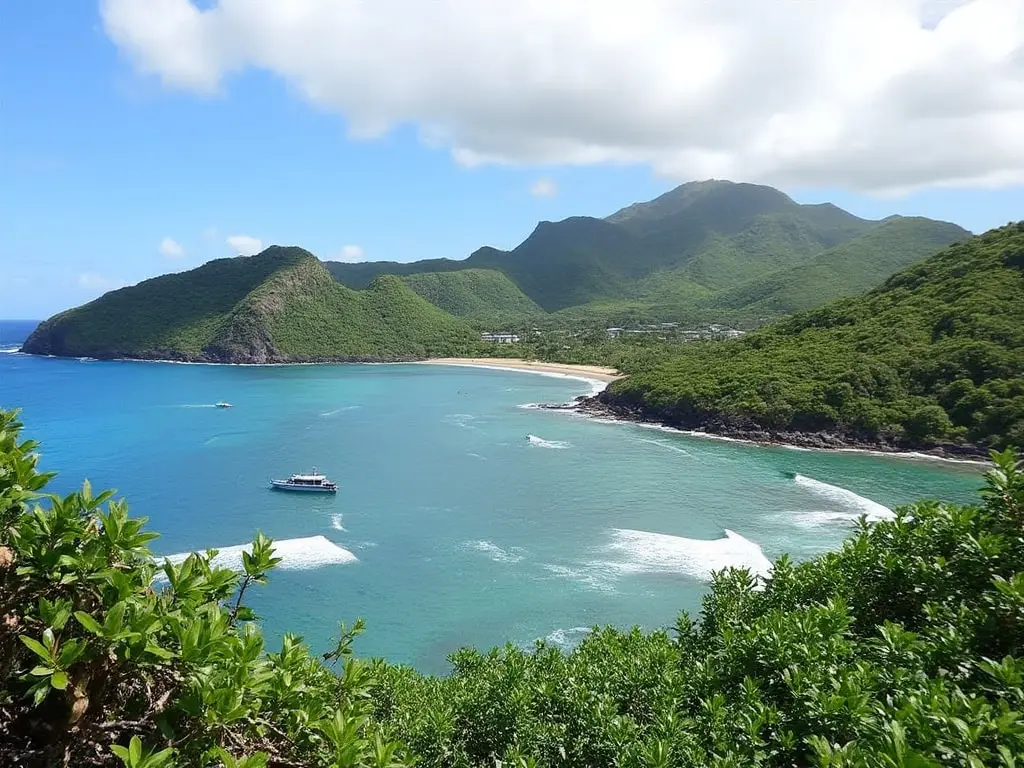
Amman is the capital and largest city of Jordan, a fascinating blend of ancient history and modern urban development. Situated in north-central Jordan, this bustling metropolis is home to over 4 million people, making it the economic, political, and cultural heart of the country. With a history dating back to the Neolithic period, Amman has evolved into a vibrant, cosmopolitan city that attracts tourists, business travelers, and expatriates from around the world.
Amman information
| Country | 🇯🇴 Jordan |
| City Population | 4,007,526 (2021 estimate) |
| City Coordinates | 31°57′N 35°56′E |
| City Area | 1,680 km² (648.7 sq mi) |
| Climate | Mediterranean climate (Köppen: Csa) |
| Language | Arabic |
| Currency | Jordanian dinar (JOD) |
| Time zone | UTC+2 (EET), UTC+3 (EEST) |
| Proximity to other major cities | Damascus (Syria): 175 km, Jerusalem (Israel): 110 km, Beirut (Lebanon): 290 km |
Interesting facts about Amman
- Amman is one of the oldest continuously inhabited cities in the world.
- The city's official flag features a seven-pointed star, representing the seven hills of Amman.
- Amman was named the Arab Capital of Culture in 2002.
- The city is home to one of the largest Roman amphitheaters outside of Rome.
- Amman has a thriving street art scene, with colorful murals adorning many buildings in the city.
Tourist attractions in Amman
- The Citadel (Jabal al-Qal'a): An ancient hilltop site featuring ruins from various historical periods, including the Temple of Hercules and the Umayyad Palace.
- The Roman Theater: A well-preserved 2nd-century amphitheater that could seat up to 6,000 spectators.
- Rainbow Street: A vibrant thoroughfare known for its cafes, restaurants, and boutique shops.
- King Abdullah I Mosque: A stunning example of modern Islamic architecture, featuring a beautiful blue dome.
- The Royal Automobile Museum: Showcasing the late King Hussein's impressive collection of vintage and classic cars.
Historical background of Amman
Amman's rich history spans thousands of years, with evidence of human settlement dating back to 7250 BC. The city has been inhabited by various civilizations, including the Ammonites, Romans, Byzantines, and Umayyads. Known as Philadelphia during the Hellenistic and Roman periods, Amman was part of the Decapolis, a group of ten important Greco-Roman cities in the region.
After a period of decline, Amman was revived in the late 19th century under Ottoman rule. It became the capital of the Emirate of Transjordan in 1921 and later the capital of the independent Hashemite Kingdom of Jordan in 1946. Since then, Amman has experienced rapid growth and modernization, transforming into the thriving metropolis it is today.
Geographical location of Amman
Amman is located in the northwestern part of Jordan, straddling a hilly area between the fertile Jordan Valley and the eastern desert. The city is built on seven hills, known as jabals, which give it a unique topography and scenic beauty. The city's elevation ranges from 700 to 1,100 meters above sea level, contributing to its moderate climate compared to other parts of the region.
Cultural significance of Amman
As the capital of Jordan, Amman serves as a cultural melting pot, blending traditional Arab culture with modern influences. The city is home to numerous museums, art galleries, and cultural centers that showcase Jordan's rich heritage and contemporary artistic expressions. Some notable cultural institutions include:
- The Jordan Museum
- The Royal Automobile Museum
- Darat al Funun (The House of Arts)
- The National Gallery of Fine Arts
Amman also hosts various cultural events and festivals throughout the year, celebrating music, film, literature, and traditional Jordanian customs.
Economic importance of Amman
Amman is the economic powerhouse of Jordan, contributing significantly to the country's GDP. The city's economy is diverse, with key sectors including:
- Information and Communication Technology (ICT)
- Tourism and hospitality
- Financial services
- Real estate and construction
- Healthcare and medical tourism
Amman is also home to the Amman Stock Exchange and serves as a regional hub for international businesses and organizations operating in the Middle East.
Conclusion on Amman
Amman, with its rich history, diverse culture, and economic significance, stands as a testament to Jordan's past and a beacon for its future. The city's unique blend of ancient heritage and modern development makes it a captivating destination for tourists and a dynamic hub for business and culture in the Middle East. As Amman continues to grow and evolve, it remains true to its roots while embracing the challenges and opportunities of the 21st century, solidifying its position as one of the most important cities in the region.
 Amsterdam
Amsterdam
 Andorra la Vella
Andorra la Vella
 Algiers
Algiers
 Alofi
Alofi